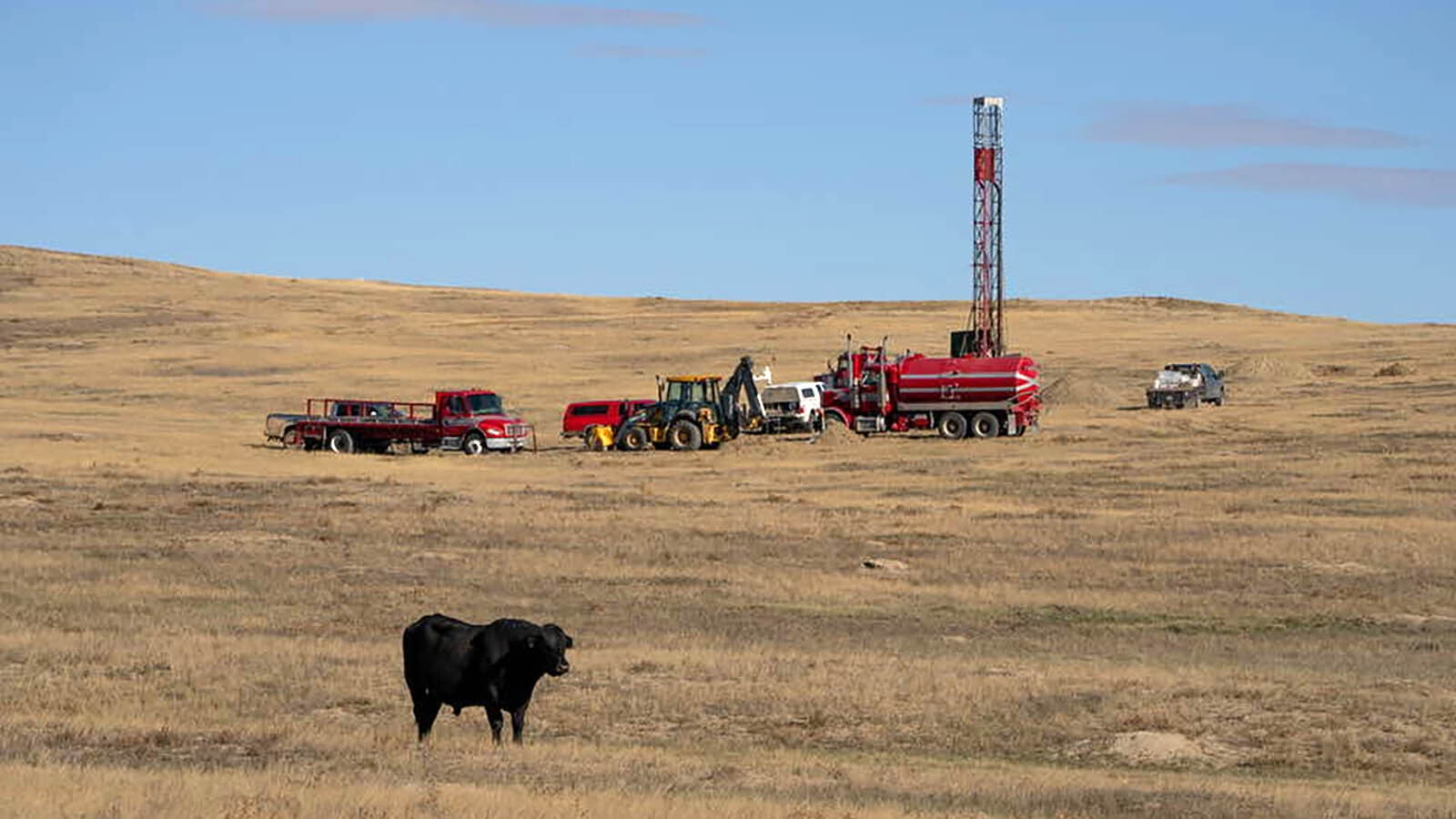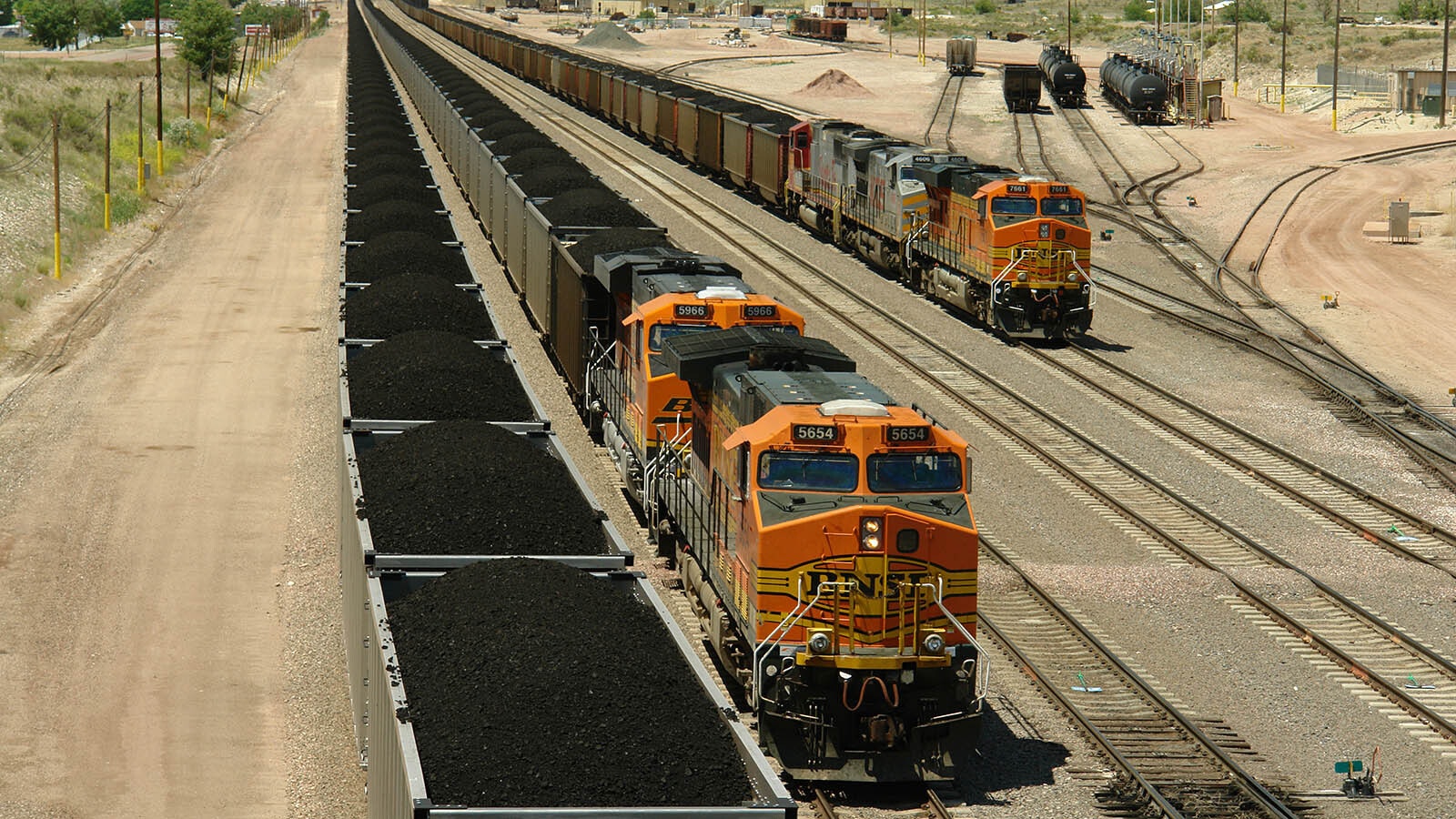The U.S. Postal Service recently announced it’s going to deploy 66,000 electric vehicles by 2028. If the USPS meets its goals, it will be the largest electric vehicle fleet in the nation.
In Wyoming, many of the mail delivery routes are rural.
Across the United States, the USPS has 80,000 rural delivery routes, which are serviced by about 133,000 rural carriers.
For some of those routes, the USPS provides a delivery vehicle for carrier, but many rural carriers also use their own vehicles, and the Postal Service provides them with a maintenance allowance.
A spokesperson with the USPS declined to comment on if any of those new electric vehicles will find their way to any Wyoming delivery routes, rural or urban.
All Night Long
Should the USPS decide to send those electric mail trucks over Wyoming roads, they won’t have trouble in the more populated cities.
Cheyenne resident TJ Doan uses his Tesla Model 3 to drive for Uber and Lyft on the weekend.
He said he keeps the car plugged in overnight, and he’s never had the Tesla run out of charge while giving rides. The car also does well regardless of how cold it gets.
“In the last four years, I have done many, many rides with minus degree temperatures,” Doan said, adding that he might lose 10% to 15% of his range when it’s really cold out.
Since it’s not good for electric vehicle batteries to charge to full, he charges his battery to 90% before he heads out to give rides.
“I can drive all night long,” Doan said.
In The Country
Aaron Turpen, a Cowboy State Daily automotive writer and supporter of electric vehicles, said it’s unlikely any of the postal electric vehicles will end up on rural routes in the state.
He said the small gas-powered vans the USPS uses can’t handle a lot of those routes.
“So, an electric version of that isn’t going to be any better,” Turpen said.
With delivery, the one advantage is you know how many miles the route is, Turpen said. So, the USPS could theoretically procure custom electric vehicles to make those kinds of runs, but most likely the vehicles will all be standard designs.
“I think that it’s all going to be urban and suburban delivery,” Turpen said about getting the bulk of the EVs.
That means in-town routes in Cheyenne, Casper or Gillette might be more suitable.
Without the need for more than 50 miles of range, the USPS could get the vehicles cheap, Turpen said. Add to that fuel and maintenance savings over the life of the vehicle, such a plan could save the USPS a lot of money.
Aging Fleet
The Grumman Long-Life Vehicle (LLV) postal delivery vehicle is a familiar sight in neighborhoods across the country.
The vehicles originally entered service in 1987, and the USPS gave them a lifespan of 24 years. In 2009, that was extended to 30 years, and the majority of LLVs have been on the road for more than 27 years.
Over 140,000 of these vehicles are still in operation, and many are nearing the end of their 30-year lifespans. Some have gone well past 30 years, driving stop-and-start residential routes, where they get around 10 miles per gallon.
Under Pressure
In February, the USPS moved forward with a plan to replace the current fleet with new Next Generation Delivery Vehicles (NGDV), of which 90% were to be gas-powered and the rest electric.
The Biden administration and EPA, however, objected to the gas-powered vehicles’ emissions and pressured the USPS to go electric.
Postmaster General Louis DeJoy said at the time that the Postal Service didn’t have the money to cover the higher cost of the electric vehicles.
By March, the USPS had agreed to buy 50,000 NGDVs, with 20% being electric. By July, however, the USPS had announced that 50% of the new NGDVs would be electric.
Going All Electric
The Inflation Reduction Act, which was passed in August, stepped in to provide $3 billion in funding for the $9.8 billion vehicle upgrade. The agency will now buy at least 45,000 electric trucks and another 21,000 off-the-shelf electric delivery trucks by 2028.
“We have a statutory requirement to deliver mail and packages to 163 million addresses six days per week and to cover our costs in doing so – that is our mission,” DeJoy said in a statement. “As I have said in the past, if we can achieve those objectives in a more environmentally responsible way, we will do so.”
During a press conference announcing the all-electric plans, DeJoy said the fleet’s current vehicles are “best suited for museums and not our hardworking carriers.”





